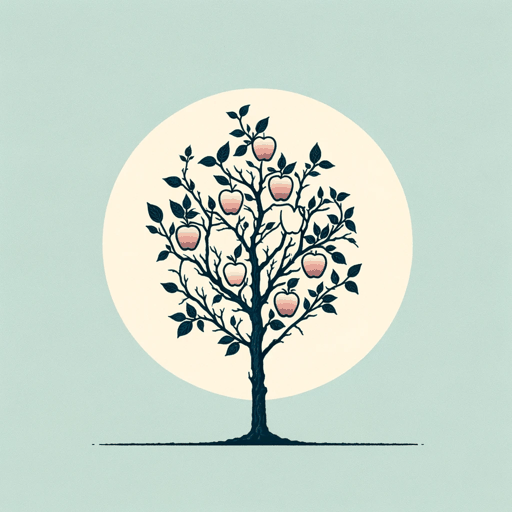18 pages • 36 minutes read
Claude McKayWhen Dawn Comes to the City
Fiction | Poem | Adult | Published in 1922A modern alternative to SparkNotes and CliffsNotes, SuperSummary offers high-quality Study Guides with detailed chapter summaries and analysis of major themes, characters, and more.
Symbols & Motifs
Dawn
Given the poet’s freedom to select any time of day for the poem, dawn emerges as a powerful symbol that suggests one thing in the city and something different on the island. Dawn is traditionally associated with new beginnings, renewal, and the hope that energizes the arrival of a new day. Breaking the hard dark of night, with its suggestion of fear and anxiety, dawn brings the restoration of hope and promise. The coming of dawn’s light is associated with illumination, insight, and epiphany.
In the stanzas set in the city, however, dawn is decidedly ironic. The coming of the new day does not bode new beginnings but rather the inevitable return to the monotony of routine. The colors are muted and dark; movement is sparse and slow, tired and groaning; what few figures populate the city at dawn are remote, lonely, and, despite the breaking morning, already physically and spiritually tired. The city, then, works against the promise of dawn. That is, the sad epiphany the dawn offers the speaker in the tenement world.
On the island, however, that world works with, not against, the premise of dawn. That world reanimates, meets the promise of the new day with a return to energy.
Related Titles
By Claude McKay
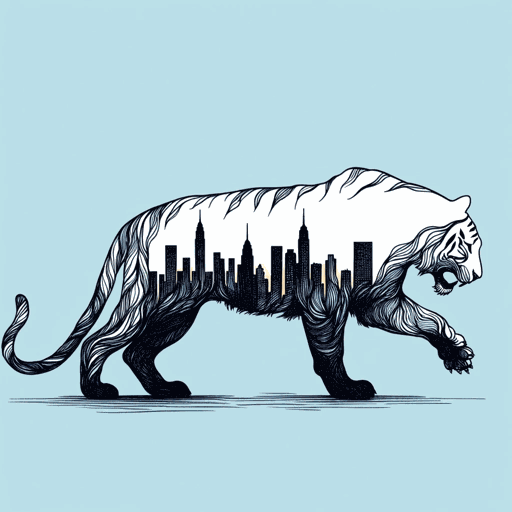
America
Claude McKay
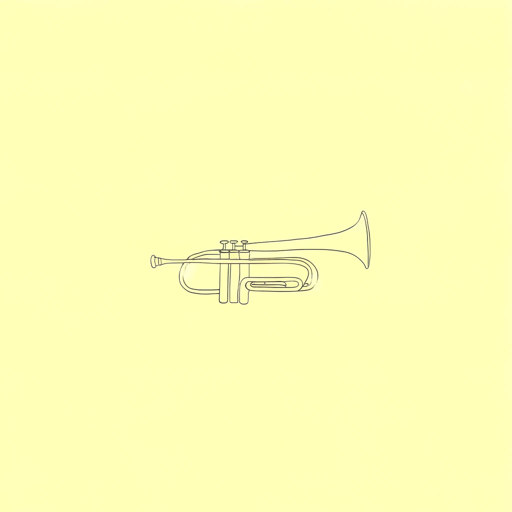
Home To Harlem
Claude McKay

If We Must Die
Claude McKay
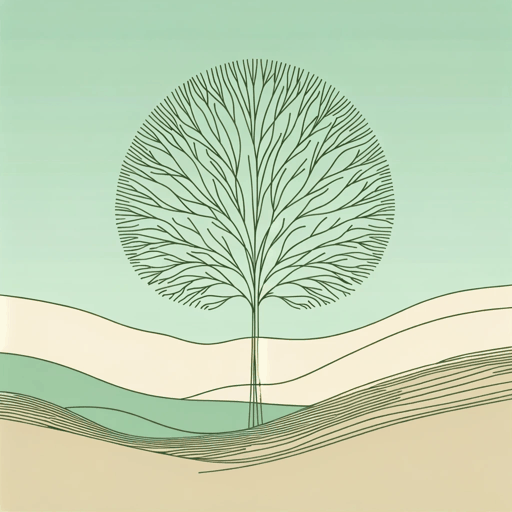
Joy in the Woods
Claude McKay

The Harlem Dancer
Claude McKay
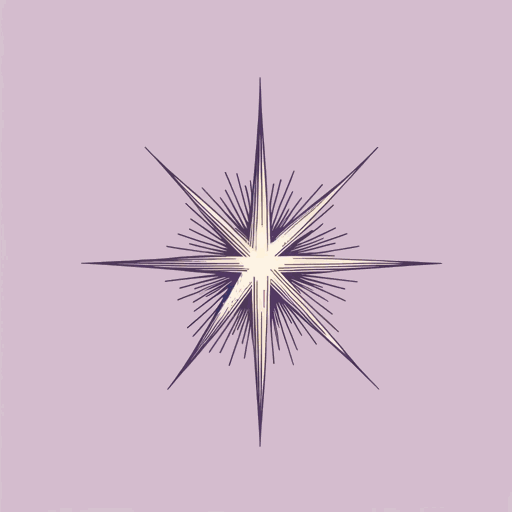
The Lynching
Claude McKay

The Tropics in New York
Claude McKay

The White House
Claude McKay
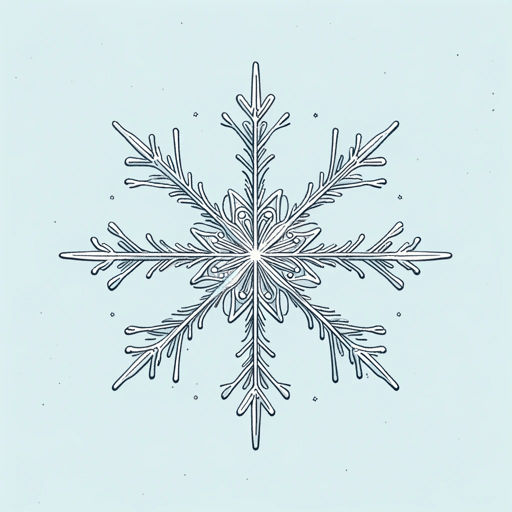
To One Coming North
Claude McKay
